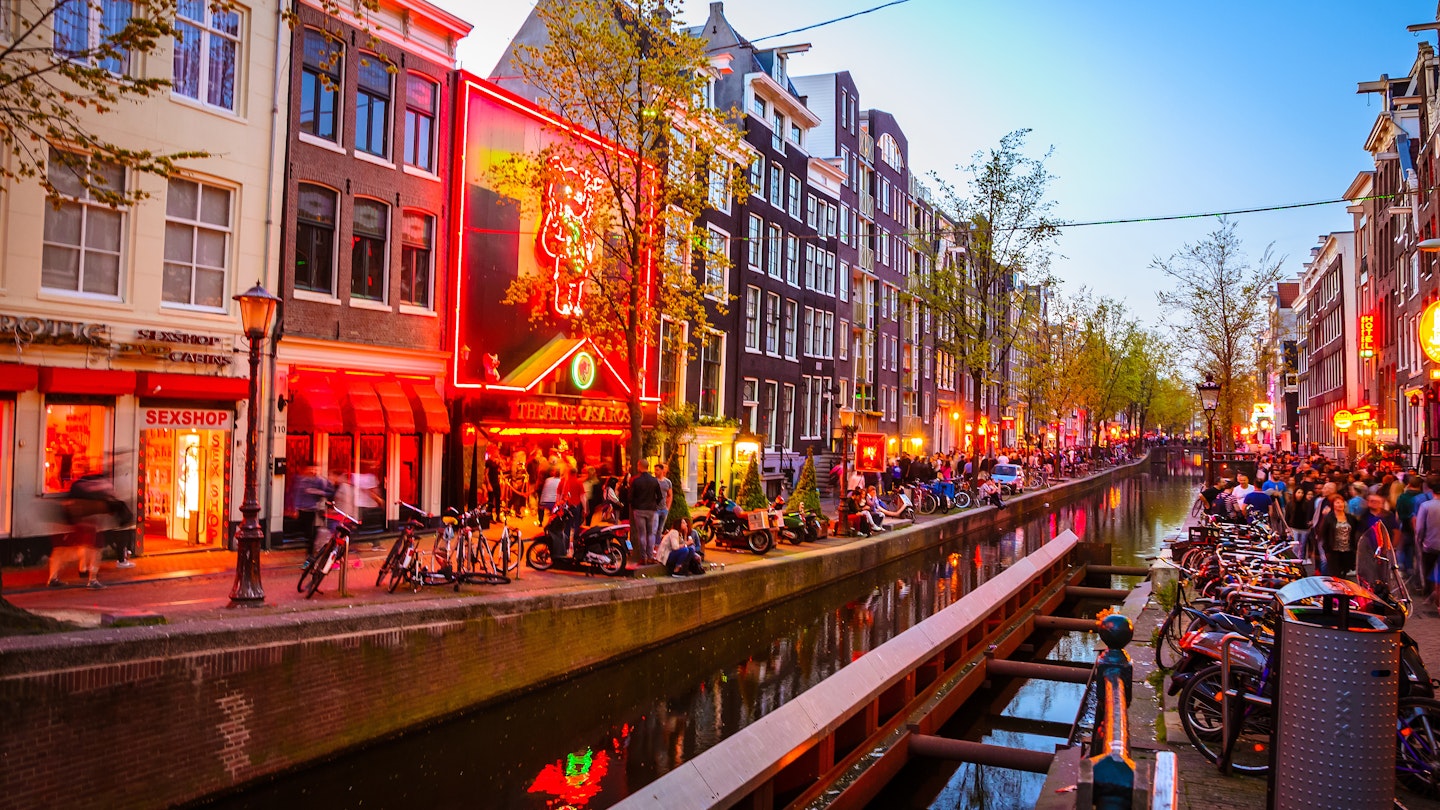Changes in Amsterdam’s Red Light District Regulations
Tourists to Amsterdam will no longer be able to take tours of the famous red light district under proposed new tourism regulations.
Last April, Amsterdam’s council banned red light tours from the medieval district, also called De Wallen, in an effort to tackle its overtourism problem. Furthermore, the city plans to close the brothel windows of the district and relocate the “erotic center” away from the city center. Sex workers have been advised to move their businesses away from the maze-like laneways and alleys of Singel and De Wallen to a yet-to-be-determined, purpose-built center.

Amsterdam’s mayor, Femke Halsema, stated her commitment to combatting the rise in human trafficking by providing a safe environment for sex workers to operate. Moreover, she has expressed concerns about the parade of “gawping tourists” visiting the red light district.
However, when this proposal was first unveiled, a lobby group known as Red Light United revealed that 90% (of 170) female sex workers surveyed preferred to continue working in their current location. Relocating these workplaces poses challenges, as it could hinder customers from finding the sex workers, according to activist and sex worker Foxxy.

In addition to these changes, other areas of the city are also experiencing transformations. For instance, tourists will soon be prohibited from accessing Amsterdam’s famous coffee shops, as Halsema limits these shops to local residents only. The city continues to reimagine itself while managing the enormous influx of tourism. Consequently, in 2018, there were nineteen million visitors, considerably surpassing the native population of 850,000. Moreover, tourist taxes on accommodations were increased this year along with tightening regulations on Airbnb rentals. Finally, new tourist-oriented shops are being restricted from opening in the city.
This article was first published on 25 March, 2019 and updated on 2 February, 2021.




